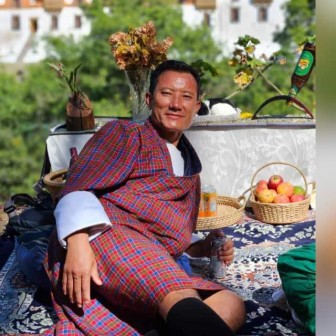



A short and relatively gentle trek combining Sinchula and Dagala Thousand Lakes Trails coverng Districts of Punakha and Thimphu, this trek provides an overall impression of the land, the people and the history of the last independent Buddhist Kingdom. One of the most remarkable aspects of the country is in its overall degree of separation from the outer world. You will witness many of Bhutan's defining characteristics and fascinating contrasts, both immensely refreshing and stimulating to find oneself in a situation so different from the familiar.
Bhutan is renowned for the enduring strength and vitality of its traditional Himalayan Buddhist culture and the dominance and purity of its natural environment. This journey through the country's west encapsulates both these elements; touring the major historical centers and stepping off the beaten track, into a world that not long ago existed throughout the country and for many still represents the norm. There is a particular emphasis on traditional arts and crafts, observing the perpetuation of skills that have been carefully maintained through the generations.
